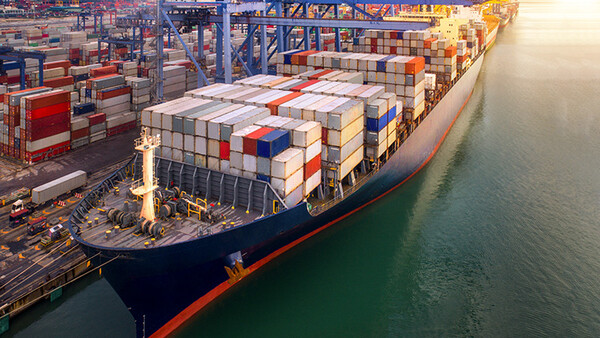The high-tech industry in Asia is witnessing remarkable development and growth, becoming one of the main driving forces behind the region’s economy. Countries such as China, South Korea, Japan, and India are leading the high-tech race, not only meeting domestic demand but also expanding into international markets. This surge in high-tech exports is transforming the economic landscape and fostering innovation across the region.
Exceptional Growth
According to the latest report from the World Trade Organization (WTO), high-tech exports from Asia grew by 15% in 2023, reaching a record high of $2.5 trillion. This increase is driven by the growing demand for technology products such as smartphones, electronic devices, computer components, and artificial intelligence products. The significant rise in high-tech exports underscores the region’s competitive edge and pivotal role in the global technology supply chain.
China: The Tech Giant
China remains one of the leading nations in this field, with major tech corporations like Huawei, Xiaomi, and Alibaba spearheading its growth. Continuous innovation, massive investments in research and development, and strong export strategies have helped China solidify its position in the international market. Over the past year, China’s high-tech exports grew by 12%, reaching $800 billion. This growth is supported by the country’s robust manufacturing capabilities and strategic initiatives like the «Made in China 2025» plan, aimed at upgrading its industrial base and boosting its technological prowess.
South Korea and Japan: The Pioneers
South Korea and Japan are also excelling by continuously improving technology and expanding their export markets. Companies such as Samsung, LG, and Sony are prime examples of this success. South Korea recorded a 10% growth in high-tech exports, while Japan saw an 8% increase, significantly contributing to their national GDPs. These countries have leveraged strong educational systems, substantial R&D investments, and a culture of innovation to maintain their competitive edge. South Korea’s focus on semiconductor technology and Japan’s advancements in robotics and electronics have positioned them as leaders in the global tech landscape.
India: The Rising Star
India is emerging as a new star in the high-tech sector, with companies like Tata Consultancy Services, Infosys, and Wipro at the forefront. With strong government support through initiatives like «Digital India» and the rapid development of the information technology sector, India achieved a 20% growth in high-tech exports, reaching $150 billion over the past year. India’s growth is fueled by its large pool of skilled IT professionals, a booming startup ecosystem, and increasing foreign investments. The country’s emphasis on software development, IT services, and now hardware manufacturing, is transforming it into a significant player in the global technology market.
Challenges and Prospects
Although the high-tech industry in Asia is booming, it also faces numerous challenges. Fierce competition from other countries, trade barriers, and intellectual property protection issues are major obstacles. Furthermore, geopolitical tensions and trade disputes, particularly involving China, pose risks to the stability of high-tech exports. However, with a solid foundation, increasing regional cooperation, and sustainable development strategies, the high-tech industry in Asia is expected to continue its robust growth. The region’s focus on emerging technologies such as 5G, artificial intelligence, and renewable energy solutions indicates a promising outlook for continued innovation and economic expansion.
High-tech exports are becoming one of the primary economic drivers in Asia. The development and growth of the high-tech industry not only help these countries enhance their positions on the international stage but also create numerous job opportunities and foster domestic innovation. As Asia continues to lead in technological advancements, its high-tech export sector will play a crucial role in shaping the global economic landscape. Collaborative efforts among Asian nations to invest in technology, protect intellectual property, and overcome trade barriers will be key to sustaining this growth and securing a prosperous future for the region.

 简体中文
简体中文 English
English Tiếng Việt
Tiếng Việt العربية
العربية हिन्दी
हिन्दी